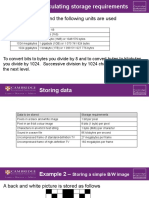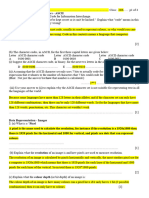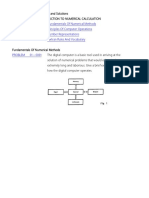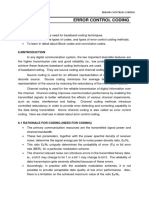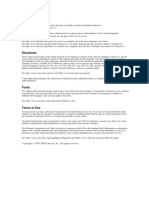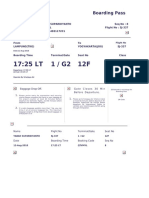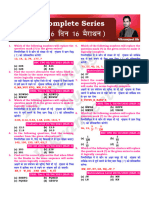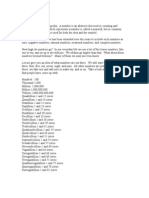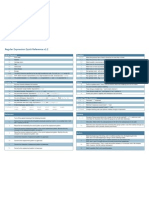0% found this document useful (0 votes)
10 views13 pagesData Representation
The document explains how computers represent text, sound, and images using binary codes and character sets like ASCII and Unicode. It details the processes of sound sampling, image resolution, and data storage measurements, including methods of data compression such as lossy and lossless compression. Additionally, it provides calculations for file sizes of sound and images, emphasizing the importance of compression for efficient storage and transfer.
Uploaded by
floccieyCopyright
© © All Rights Reserved
We take content rights seriously. If you suspect this is your content, claim it here.
Available Formats
Download as PDF, TXT or read online on Scribd
0% found this document useful (0 votes)
10 views13 pagesData Representation
The document explains how computers represent text, sound, and images using binary codes and character sets like ASCII and Unicode. It details the processes of sound sampling, image resolution, and data storage measurements, including methods of data compression such as lossy and lossless compression. Additionally, it provides calculations for file sizes of sound and images, emphasizing the importance of compression for efficient storage and transfer.
Uploaded by
floccieyCopyright
© © All Rights Reserved
We take content rights seriously. If you suspect this is your content, claim it here.
Available Formats
Download as PDF, TXT or read online on Scribd
/ 13
















